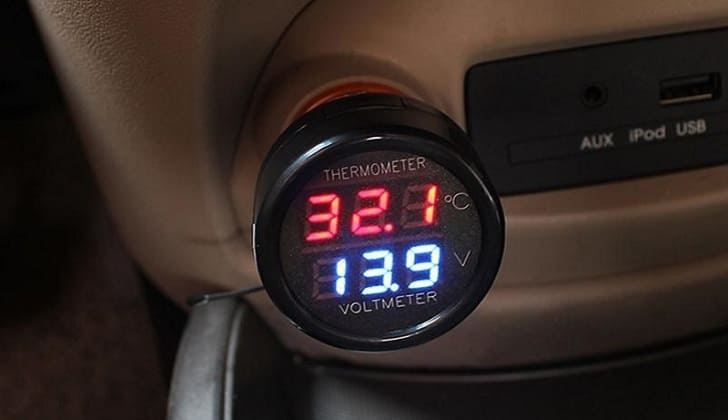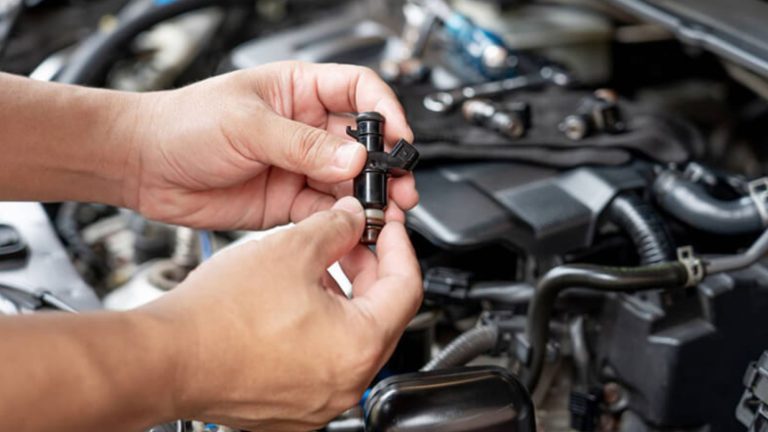Attention gearheads and car fans! If your car’s performance has been a little off lately, a fuel injector problems are likely to blame. Fuel injector refurbishment is a cost-effective solution to restore the performance and efficiency of your vehicle’s fuel system. Neglecting fuel injector can lead to poor fuel economy and engine misfires. So fasten your seat belts, grab a wrench, and let’s go!
An Introduction to Fuel Injector Problems:
Let’s start with the basics before we roll up our sleeves and get our hands dirty. The hidden stars of your car’s fuel system are the fuel injector problems. They are responsible for sending fuel into the combustion chamber at just the right time. This ensures that the engine runs at its best and uses the least fuel.
Signs That Something Is Wrong:
Now that we know what fuel injection is and how it works let’s talk about the signs that big fuel injector problems are happening. Do this:
Rough Idle:
Does your engine shake like a Chihuahua when it rains? If your car shakes and shivers when it’s stopped or at a red light.
Less Power:
Does your ride seem to have lost its magic? If you notice a drop in power, slow acceleration, or poor performance, it’s time to think about the fuel injector problems.
Misfires and Hiccups:
Picture your car’s engine efficiency as a smooth jazz band that moves in perfect rhythm. When your fuel injector problems go crazy, it’s like someone playing the wrong note at the wrong time.
Tools For Making Diagnoses:
To face this problem head-on, you’ll need the following tools:
OBD-II Scanner:
This electronic wizard is a must-have for anyone who wants to learn how to fix their car. It connects to your car’s diagnostic port and talks to its onboard computer to get useful trouble codes and information about possible fuel injector problems.
Fuel Pressure Gauge:
This gauge is like the ear a doctor uses to listen to your fuel system. It checks the pressure at the fuel rail and helps determine any problems with the fuel injector problems.
Noid Light Set:
This cool set of lights lets you check the electrical pulse sent to the fuel injector problems diagnosing. If the lights flash or don’t come on, you might have a problem with the injector or the wires.
Step-by-step Guide to Troubleshooting Fuel Injector Problems:
Let’s roll up our sleeves and start on the step-by-step process of figuring out what’s wrong with the big fuel injectors. Remember that it’s like solving a puzzle like Sherlock Holmes but with a bit of gas and an engine roaring.
Step 1: Read The Codes:
Hook up your OBD-II reader to the diagnostic port under your car’s dashboard. It’s like hooking into the Matrix, but instead of ducking bullets, you have to figure out what the error codes mean.
Step 2: Fuel Pressure Check:
Now is the time to release your fuel pressure gauge and let your inner detective out. Find the fuel rail, which is normally near the engine, and connect the Schrader valve to the gauge. The gauge will show you the fuel pressure, and if it’s outside the suggested range, it’s a clear sign that your injectors aren’t working right.
Step 3: Electrical Pulse Test:
Every good detective knows how important it is to follow the clues, and in this case, we’re following electricity pulses. Take out your NOID light set and unplug the wire from one of the fuel nozzles. Connect the appropriate warning light to the connection and start the engine.
Step 4: Check Visually:
Time to use your own eyes and play Sherlock. Look at the fuel tanks for any signs of damage, leaks, or clogging. If fuel leaks around the injector, you know it needs to be fixed. Also, if the fuel injector looks dirty or stuck, it’s time to clean up and get the fuel flowing freely again.
Step 5: Multimeter Magic:

We couldn’t finish our study without a little magic with a voltmeter. Set your voltmeter to measure resistance, then check the electrical connections on the injector. Check the resistance of each injector to make sure they are all the same and to find any that are different.
Step 6: Balance Test For The Injectors:
It’s time for an injector balance test to ensure each injector is doing its job. Start the engine and connect a fuel pressure gauge to the fuel line. Watch the pressure numbers as each injector is removed and put back on, one at a time.
Step 7: Checking With A Professional:
Now, if you’ve done these steps carefully and still can’t figure out what’s wrong, it might be time to call in the big guns—professionals who work with cars. Those sneaky fuel injector problems are sometimes hard to find without the right tools and knowledge. Don’t give up because even the best agents need help sometimes. Trusting a certified technician for fuel injector refurbishment ensures the use of high-quality parts and proper calibration for optimal results.


